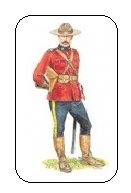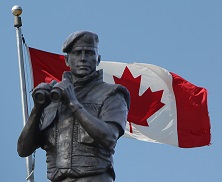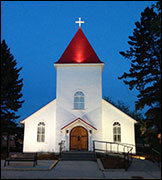True and Fascinating Canadian History

A Mystery of the Mounties:
And A Call For Super Secrecy
by J. J. Healy
Democracy has its downside. The Charter gets in the way of more expedient methods of police work; it’s time consuming if suspects have to be told about their right to legal counsel and telephones have to be provided, it’s costly to hold a trial for an accused person, trials can be time consuming, and it becomes personal when names of accused persons are published in the press, and then there are pesky watchdog committees which examine police activities, and publish reports on police misconduct. Some people think they hold the solution. All out secrecy.
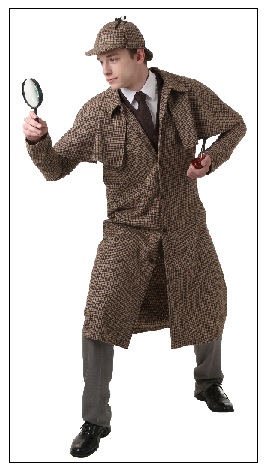
There can be no doubt that financial savings could be collected on Canada wide secrecy -- secrecy would cover up whatever work the RCMP performs daily and presently becomes public -- one exaggerated idea floated around was for the RCMP to operate as super secret police especially in the modern era with its terrorist plots.
But wait. Seriously, the legitimate argument facing the Supreme Court of Canada was that police operations and methods should not be revealed to the public for fear that techniques would thwart future police efforts to solve crime, and the identity of police officers, especially those involved in undercover operations, should also be kept secret.
Up front, a distinction must be made between what the RCMP does legitimately and in the open in the area of crime fighting, and what the RCMP does wrongly -- it’s mostly the wrong things which oftentimes catch the eye of the press or will be inevitably criticized by the courts.

Car surveillance, as one innocent example, is nothing new. Surveillance is a technique which police agencies all over the world use to track known criminals or suspicious characters. The zig-zag and high speed activity is filmed in nearly every Canadian crime movie. The suspicious car is tracked unknowingly to the occupants in the car, and the surveillents never come in contact with or approach the occupants. That activity is well publicized, all is perfectly legal and fully acceptable.
The problem arises, however, in some undercover investigations -- more specifically, at the point at which the police do come into contact with a suspicious character or an accused. It’s then that an unexpected assault can occur against the suspect by the police officer, or perhaps there’s a violation of the suspect’s Charter rights let’s say, during the interrogation of the suspect. In a murder case or with any serious investigation, things rarely play out as one expects.

But, when one considers the gymnasium size amount of case law which holds the do’s and the don'ts of policing it’s a wonder that any Canadian applicant with less than a post doctoral fellowship in law could quality for a spot in today’s law enforcement. Yet, more law is the focus of this short story titled, “The Mystery of the Mounties: And A Call for Super Secrecy.” There may be a little lesson here for all curious police officers.
In 2001, a very interesting criminal case with a twist and which involved the RCMP reached the Supreme Court of Canada. The court addressed the whole issue of secrecy, and whether or not to place a publication ban on operational police methods and whether or not the identity of undercover police officers should be protected. A brief summary of R. v. O.N.E., is provided.
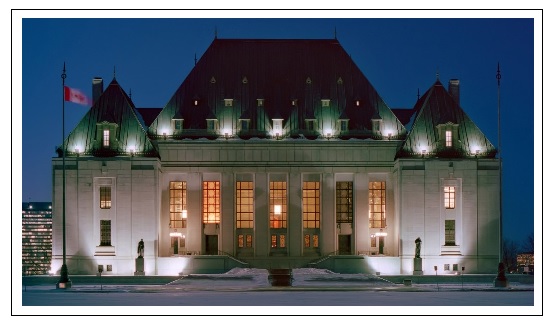
Subsequent to a murder in 1997, the RCMP and the West Vancouver Police in British Columbia began an undercover operation. After her arrest, the suspect confessed and was charged for second degree murder. A voir dire was held to examine the methods used by the investigators to obtain the confession, and whether or not it should be admitted as evidence. Interestingly too, was that the confession made by the accused was a major sticking point, and it appears from reading the case that the confession got bounced. The accused was acquitted by a jury.
Meanwhile, the Crown argued that police investigational methods should be kept secret as well as the identity of the RCMP members. A publication ban was granted by the BC Supreme Court. The entire ban is quoted here:
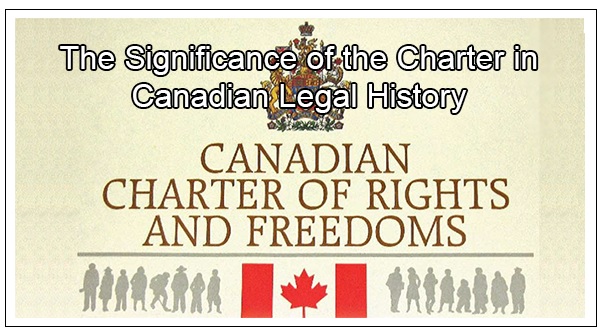
“This Court orders a ban on and prohibits the publication in print and the broadcasting on television, film, video, radio and the Internet of: a) any information tending or serving to publicly identify the undercover police officers in the investigation of the Accused, including, but not limited to, any likeness of the officers, the appearance of their attire and their physical descriptions; (b) the conversations of the undercover police officers in the investigation of the accused to the extent that they disclose the matters in sub-paragraphs “(a)” and “(c)”; & © the specific undercover operation scenarios used in investigation of the Accused.”
The Vancouver Sun pushed to have the publication ban set aside citing freedom of the press, and the pubic's right to know police methods and police officer identities. An appeal was launched to Canada’s Supreme Court.
In short, the Supreme Court said, “The ban cannot be regarded as “necessary” in the interests of the administration of justice.” The decision might have come as a surprise to those in the policing profession, but the Court provided its reasoning.
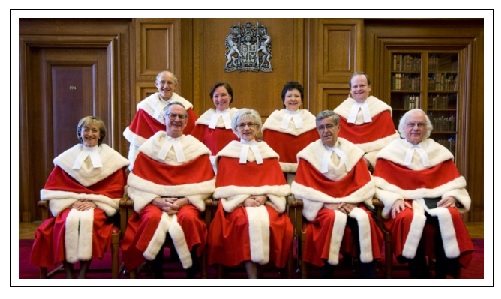
The Supreme Court of Canada ruled that a publication ban should not have been ordered by the lower court in light of the common law test which speaks to a publication ban. The Court said, “Neither the efficacy of ongoing police investigations nor the safety of [RCMP] officers in the field are significantly compromised by the publication of the information about undercover investigative techniques.” One can read the specific reasoning which follows.
First, in the matter of secrecy and police techniques, the Court ruled that suspects and the public could easily learn of the types of undercover operations employed by the RCMP from other sources such as; news media sources, the TV, “popular films and novels” etc., and that, “a ban would run contrary to the freedom of the press in respect of pubic discussions that lie at the core of freedom of expression, and furthermore that the accused right to a public trial would be seriously compromised by such a ban.”
Essentially, the Court referred back to the Charter of Rights and Freedoms for its authority, while addressing specifically the freedom of the press, plus the need for trials to be held in the public forum. That's the first point.
In the matter of secrecy and the protection of police officer identities, the Court ruled more broadly -- it made use of a two pronged time stamp.
In its first time zone, the Court said “yes” that, “a ban on publication of information which tend to identify the RCMP officers, “ … [directly] involved in the operation, including their names, likenesses and physical descriptions, is necessary in order to further the proper administration of justice. It [a ban] does not seriously affect the accused right to a public trial, nor does it implicate the purposes of the guarantee of freedom of expression …”
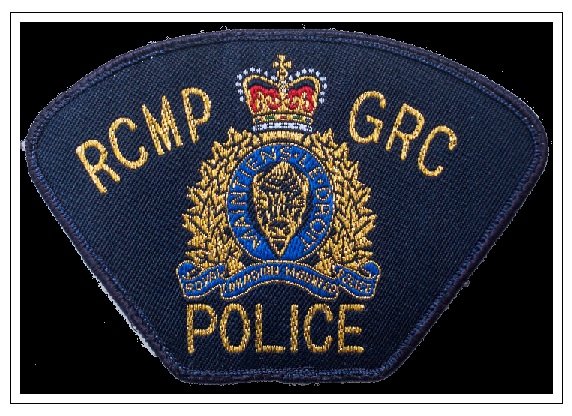
In this instance, secrecy, the Court said, “ … can be regarded as necessary in order to further the proper administration of justice.” In other words, during the actual undercover operation, secrecy is understandably allowed for the purpose of and the time required for the investigation.
However, the Court went on to explain the second time zone, it said that, “ … the ban on publication of information tending to identify the officers involved in the operation should be restricted to a period of one year from the date on which this judgment is released.
The Court ruled that, "the identity of police officers should not, as a matter of general practice, be shrouded in secrecy forever, absent serious and individualized dangers.”
In summary, the Court parsed the broad issue of secrecy into two segments; first, the court said it, “did not find that the efficacy of police investigative techniques, or the safety of officers in the field, is significantly compromised by the publication of the information at issue.”
Under the second branch of the analysis, the Court weighed the effect of the ban on (a) the efficacy of police operations, (b) the right of the public to freedom of expression; and (c) the right of the accused to a public trial. “The identity of police officers should not be, as a matter of general practice, shrouded in secrecy forever, absent serious and individualized dangers.”
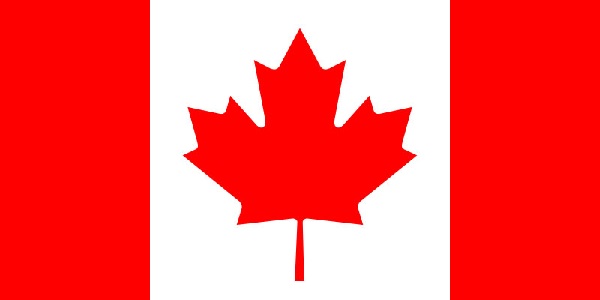
In its conclusion, The Supreme Court said of secrecy, “A [RCMP] force of anonymous, undercover police is not the sort of institution the courts may legitimately, in effect, create; such would be the appearance of an order restraining publication of their identities in perpetuity.”
The court recognized the need for legitimate police practices within the broad sphere of law enforcement. But, the court also stressed the need to protect the legitimate rights and freedoms of Canadians -- freedom of the press to report, and the right of an accused to have a full public trial. In Canadian courts and at the bar, secrecy most always will come down to a matter of balance.
Canadian enjoy the right to know the identities of police officers in the community. The whole notion of community and personal rights is guaranteed under the Canada's Charter of Rights and Freedoms.
The end.
Reporting from the Fort,
J. J. Healy
April 13, 2018
